Modern approach to gardening is completely different from 20 years ago. Instead of neat and fully controlled rows of vegetables we now tend to come back to ways our ancestors used to garden. We allow some chaos and try to create ecosystems where plants are beneficial for each other and work together to produce the best crops possible. These beneficial plants include flowers and herbs which you not only can, but should incorporate in your garden. In this post we’ll show you how to enhance the beauty and productivity of your vegetable garden with the addition of flowers and herbs. Discover how to create a harmonious ecosystem, repel pests, attract beneficial insects, and elevate your culinary skills.
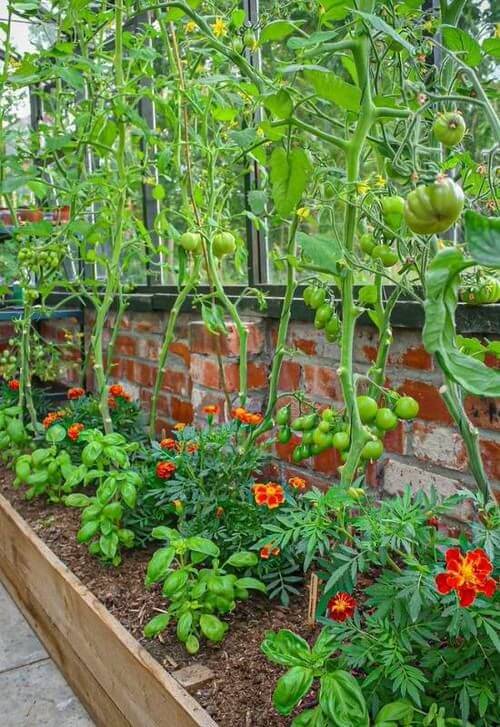
1. Companion Planting
We can’t start without mentioning the most crucial part of eco gardening which is companion planting. Certain flowers and herbs can be strategically planted alongside vegetables to benefit each other. For instance:
– Marigolds: Plant them around tomato, pepper, and eggplant to repel nematodes and deter pests like aphids.
– Nasturtiums: These flowers can attract aphids away from vegetables like beans and squash.
– Basil: Plant basil near tomatoes to enhance flavor and repel pests.
– Chives: Grow them near carrots to deter carrot flies.

2. Pollinator Attractants
Flowers such as lavender, bee balm, cosmos, and sunflowers attract pollinators like bees and butterflies, which are crucial for the pollination of many vegetable crops. By including these in your garden, you can improve overall yields.
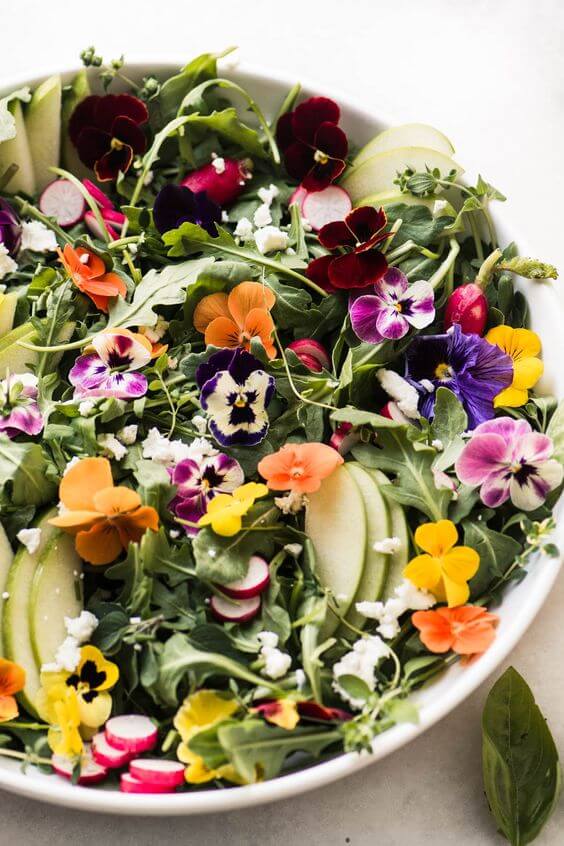
3. Edible Flowers
Incorporate edible flowers like calendula, nasturtium, borage, and pansies into your garden. Not only do they add beauty and color to your space, but they can also be used in salads, as garnishes, or for making herbal teas.
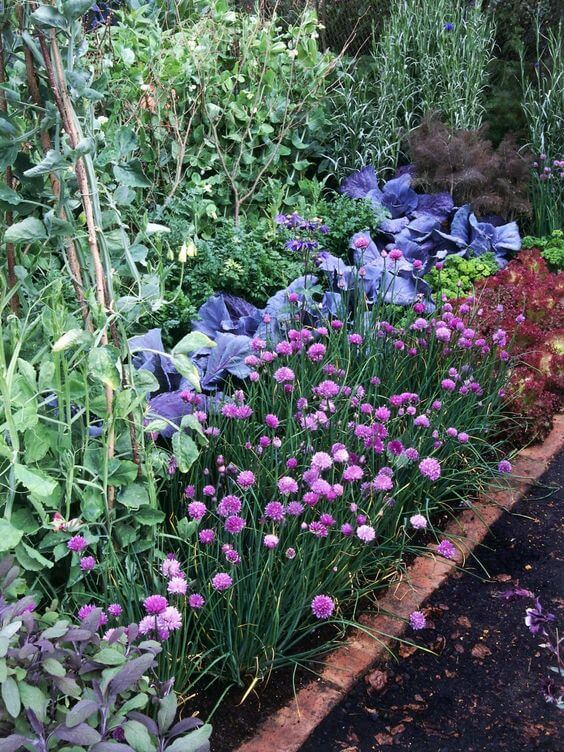
4. Herb Borders
Create borders or edges around your vegetable beds with herbs like thyme, oregano, rosemary, or sage. These herbs can deter pests and provide a fragrant backdrop for your vegetables.

5. Attractive Foliage
Consider incorporating ornamental herbs like curly parsley or variegated sage into your garden beds to add texture and visual interest.

6. Beneficial Insects
Plant flowers such as dill, fennel, or yarrow to attract beneficial insects like ladybugs and hoverflies, which prey on aphids and other garden pests.

7. Compost Addition
Use flowers and herbs as green material in your compost pile. This not only enriches your compost but also ensures that spent flowers and herbs are recycled back into the garden.
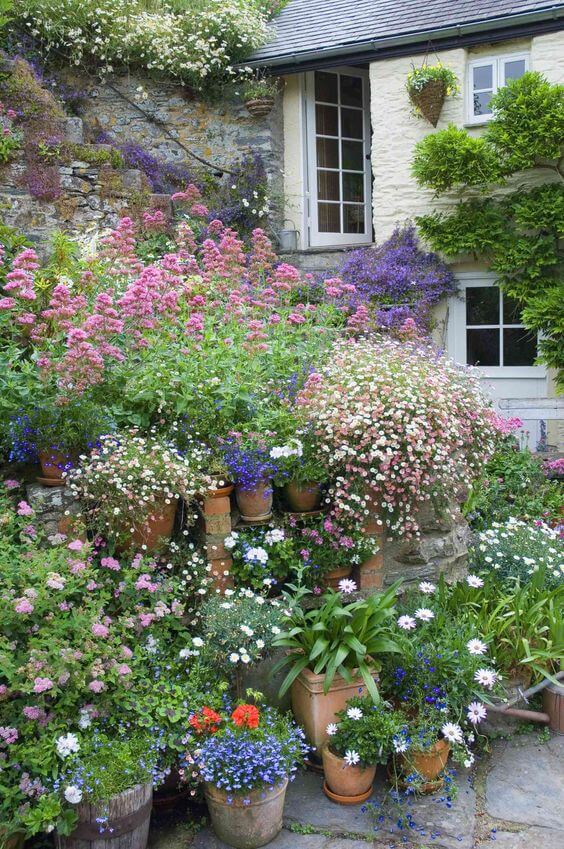
8. Raised Beds or Containers
If you have limited space or poor soil quality, plant flowers and herbs in raised beds or containers alongside your vegetables. This allows for better control over soil conditions and makes it easier to maintain a diverse garden.
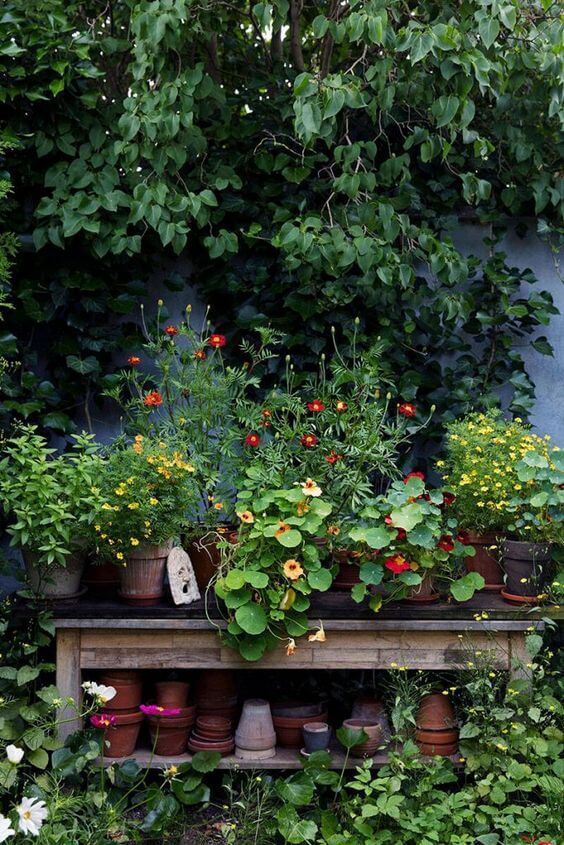
9. Seasonal Interest
Plant a variety of flowers and herbs that bloom at different times throughout the growing season to ensure your garden remains visually appealing and beneficial to wildlife year-round.

10. Aromatherapy and Relaxation
Incorporate aromatic herbs like lavender, chamomile, and mint into your garden to create a tranquil atmosphere and provide potential health benefits.
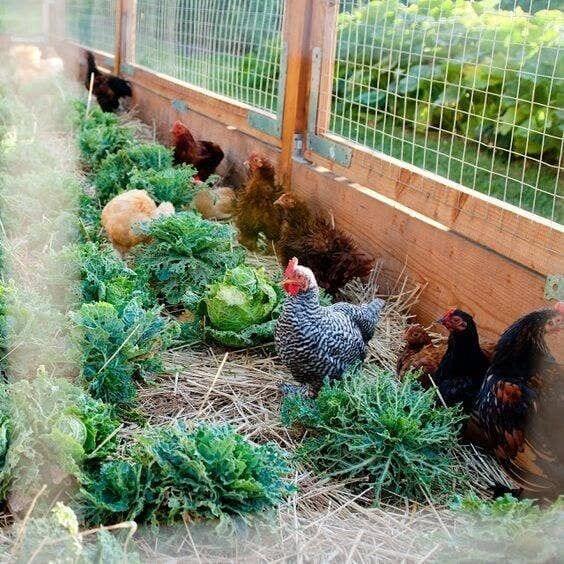
11. Feed your animals
If you have a farm and own chickens, rabbits or goats, give them some herbs and flowers once in a while. You’ll be suprised by how eagerly they eat them.
As you tend to your vegetable garden adorned with flowers and herbs, you’re not only cultivating a feast for the eyes and tongue but also fostering a vibrant ecosystem. Embrace the synergy between nature’s bounties and watch your garden thrive. With these tips, we hope your gardening adventures continue to blossom and flourish, bringing joy and abundance to your harvests for seasons to come.